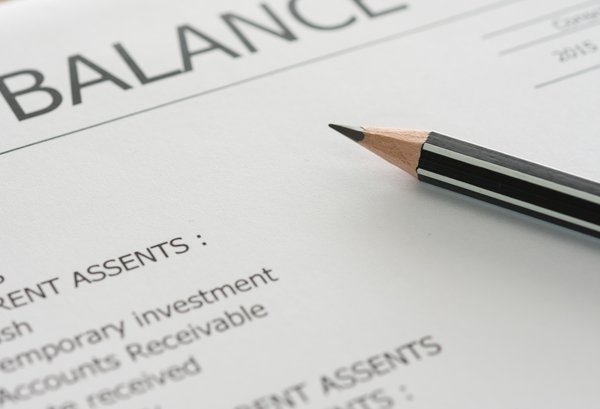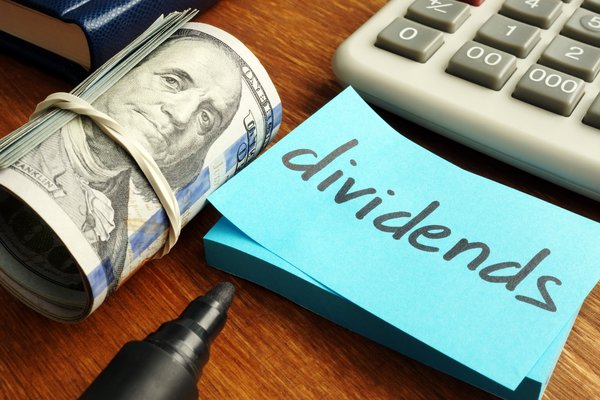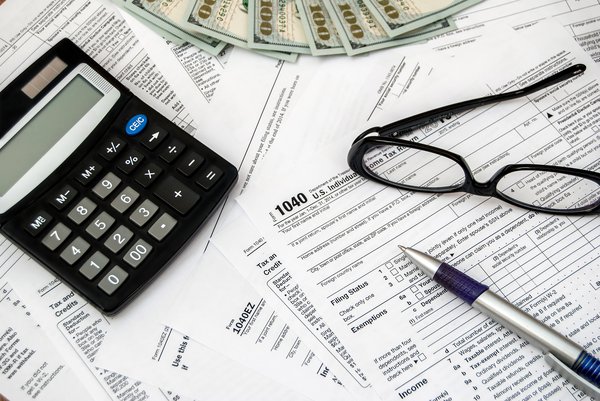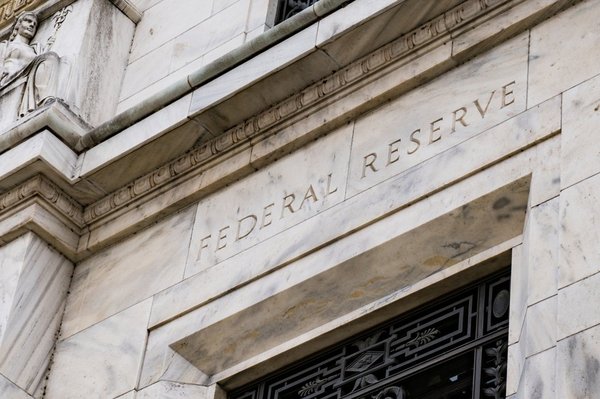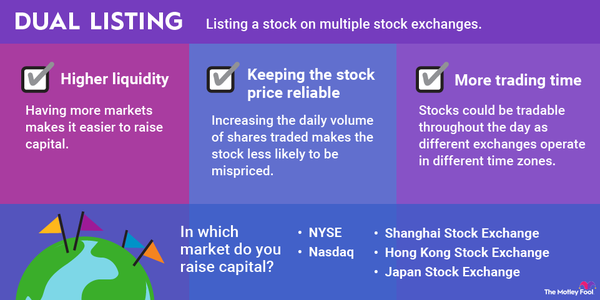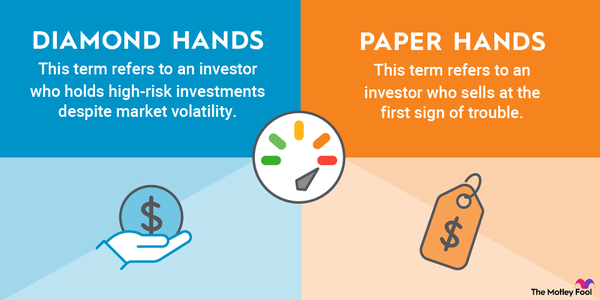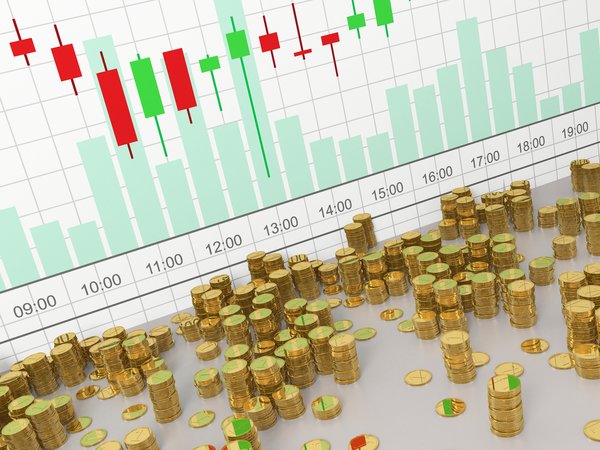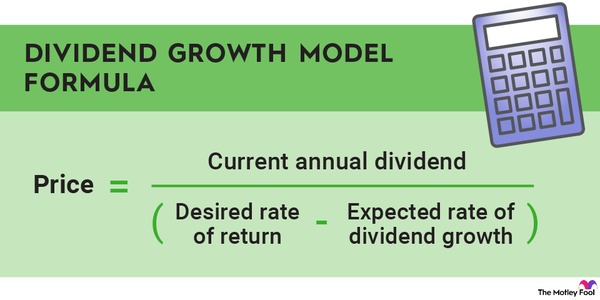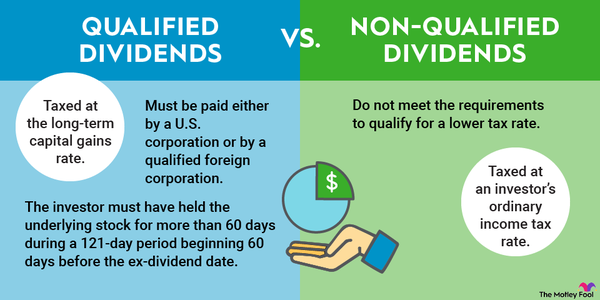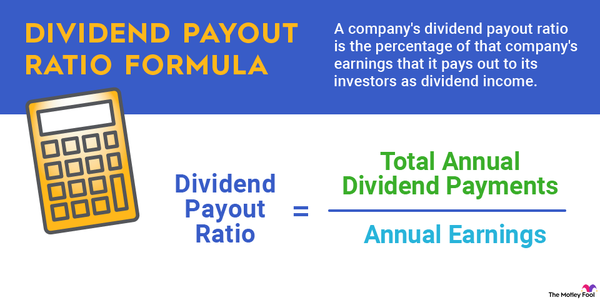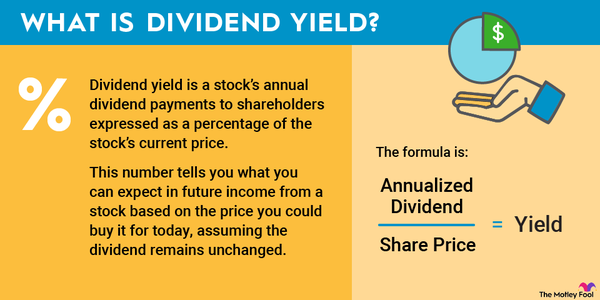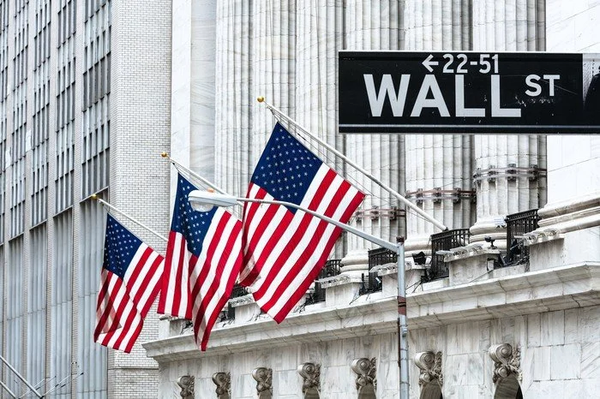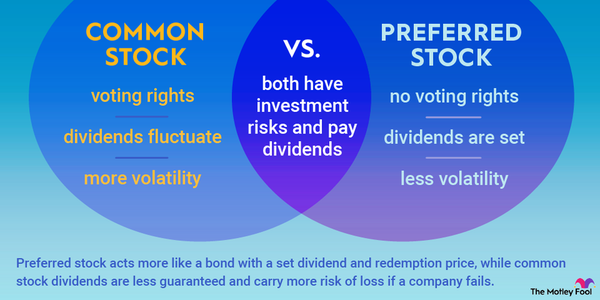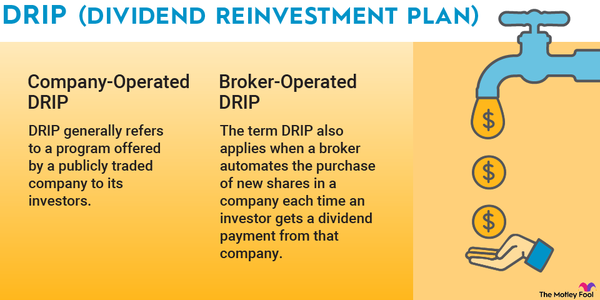The day order is a pivotal instruction used in stock trading. Understanding the uses and limitations of day orders can keep you from making costly mistakes that will undermine your investment returns. Let's review the basics now so you can use day orders with confidence.

Overview
Understanding day orders
A day order is a request to buy or sell a security within the regular trading hours of the current day. This is a type of limit order, meaning the transaction is triggered by a minimum sell price or maximum buy price. If the specified price cannot be met before the market closes, the transaction does not proceed, and the order expires.
Limit orders can have other durations besides the current trading day. However, the day limit order is commonly a broker's default trade directive. When that is the case, investors who want their orders to be fulfilled after the current trading session or in extended hours must choose a different duration when placing their order. Some common timing alternatives are explained below.
Pros and cons
Pros and cons of day orders
Day orders can streamline trades when the investor has specific pricing requirements. Let's say a value investor has decided to buy Company A at a buy price no higher than $100. At this price point, the asset satisfies the investor's margin of safety threshold.
If Company A stock is trading just above $100, our value investor has two options. One is to submit a day limit order to buy Company A stock for $100 or less. The second is to monitor the intraday movements of Company A stock, waiting for the price to drop. The second approach is more tedious and does not guarantee success. For example, the price could dip and then rise before the investor can submit the trade order.
Unfortunately, day orders can lead to unintended outcomes. If Company A makes a surprise announcement on the same day about, say, losing a major contract, the stock price will fall. Given the contract news, the investor may no longer be willing to pay $100 per share. But it's likely that the order will be filled before the investor can cancel it.
To avoid this scenario, investors should not set and forget their day orders. A lot can happen within one trading session, and monitoring is essential for risk management.
Day order alternatives
Day order alternatives
Investors can put other timing instructions on limit orders. While the timing options will vary by broker, three common alternatives to the day order are good til canceled (GTC), day plus extended hours, and GTC plus extended hours.
- GTC orders remain active during regular trading hours for a period that is defined by the broker. GTC orders with Schwab, for example, will expire in 180 calendar days unless the trade is executed or the order is canceled by the investor. Fidelity defaults to a 180-day expiration for GTC orders but also allows the investor to set an earlier expiration date.
- Day plus extended hours orders remain open for one day, including premarket and after-hours trading.
- GTC plus extended hours orders stay active for the longer GTC period and can be triggered in premarket or after-hours trading.
Related investing topics
Day orders and partial fills
Day orders and partial fills
Let's say you hold 500 shares of Company B that you are ready to liquidate. Given your investment goals, you want to sell this position at $75 per share or higher. The stock currently trades in the low $70s, but you believe it could tick up to $75 soon.
You submit a day order to sell your Company B shares for $75 or more. In that day's regular trading hours, the stock rises to $75 briefly before dipping again. You check into your account and see you sold 300 shares at $75, but you still own 200 shares.
This is called a partial fill. If the broker cannot sell the remaining shares by the end of the trading session, the order will expire. If you still want to sell the 200 shares, you will have to submit a new order. If the broker charges trading fees, you will pay a second fee if the new order is executed.
Alternatively, you could submit a GTC order, again specifying a $75 per-share price. If the order is filled in multiple batches within the same day, you would likely pay one commission. Orders filled over multiple days usually incur multiple commissions.

